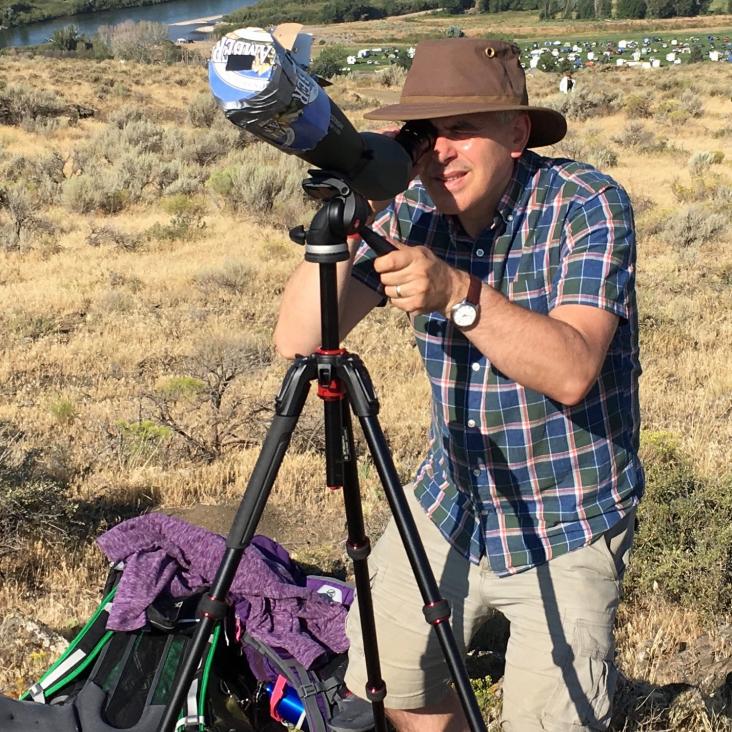MESMER: MeerKAT Search for Molecules in the Epoch of Reionization
ArXiv e-prints (2011)
Dust-correlated cm wavelength continuum emission from translucent clouds ζ Oph and LDN 1780
Monthly Notices of the Royal Astronomical Society 414:3 (2011) 2424-2435
Abstract:
The diffuse cm wave IR-correlated signal, the 'anomalous' CMB foreground, is thought to arise in the dust in cirrus clouds. We present Cosmic Background Imager (CBI) cm wave data of two translucent clouds, ζ Oph and LDN 1780 with the aim of characterizing the anomalous emission in the translucent cloud environment. In ζ Oph, the measured brightness at 31GHz is 2.4σ higher than an extrapolation from 5-GHz measurements assuming a free-free spectrum on 8 arcmin scales. The SED of this cloud on angular scales of 1° is dominated by free-free emission in the cm range. In LDN 1780 we detected a 3σ excess in the SED on angular scales of 1° that can be fitted using a spinning dust model. In this cloud, there is a spatial correlation between the CBI data and IR images, which trace dust. The correlation is better with near-IR templates (IRAS 12 and 25μm) than with IRAS 100μm, which suggests a very small grain origin for the emission at 31GHz. We calculated the 31-GHz emissivities in both clouds. They are similar and have intermediate values between that of cirrus clouds and dark clouds. Nevertheless, we found an indication of an inverse relationship between emissivity and column density, which further supports the VSGs origin for the cm emission since the proportion of big relative to small grains is smaller in diffuse clouds. © 2011 The Authors Monthly Notices of the Royal Astronomical Society © 2011 RAS.A parametric physical model for the intracluster medium and its use in joint SZ/X-ray analyses of galaxy clusters
\mnras 410 (2011) 341-358
Dust-correlated cm wavelength continuum emission from translucent clouds ζ Oph and LDN 1780
Monthly Notices of the Royal Astronomical Society (2011)
First Season QUIET Observations: Measurements of CMB Polarization Power Spectra at 43 GHz in the Multipole Range 25 <= ell <= 475
ArXiv 1012.3191 (2010)


